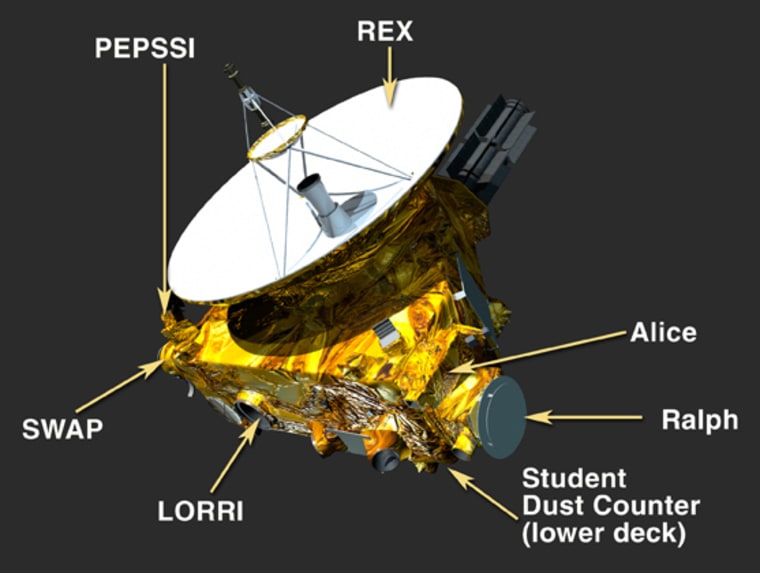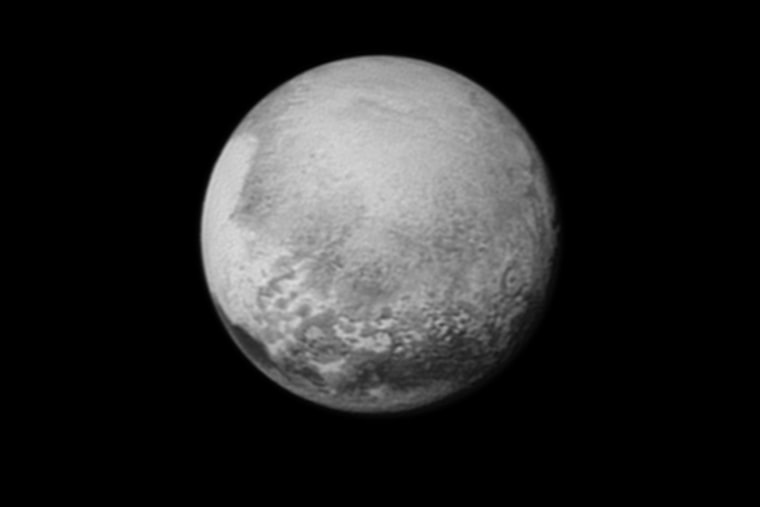Tomorrow, a small spacecraft about the size of a grand piano will be the first man-made object to see Pluto up close. We've dreamed of this since Pluto's discovery in 1930 and we've anticipated the reality since NASA's New Horizon's mission launched in 2006.
Now on July 14, 2015 at approximately 7:50am ET, we will buzz the proverbial tower of this distant world at a distance of less than 8,000 miles. The spacecraft will be traveling over 30,000 mph and will pass between Pluto and its largest moon, Charon, as it crosses the orbital planes of the Pluto system.

It's worth noting, that when Pluto was first discovered, we had no idea what it was really like and speculations ran wild. We still don't know a lot about it, but we're already discovering exciting things like the chaotic shapes and orbits of its moons, there's nitrogen at its north pole, and it's bigger than we thought.

All seven instruments aboard New Horizons will be actively collecting data during the flyby, but we won't hear anything from the spacecraft about its encounter until just before 9:00 p.m. ET. This is because New Horizons can't take and send data back simultaneously. So in order to learn as much as possible about Pluto and its moons, the spacecraft will focus solely on the flyby for a period of 24 hours (tonight through tomorrow night).
"Following closest approach, on Wednesday and Thursday, July 15 and 16, there will be a series of "First Look" downlinks containing a sampling of key science data. Another batch of data will arrive in the "Early High Priority" downlinks over the subsequent weekend, July 17-20. Then there will be a hiatus of 8 weeks before New Horizons turns to systematically downlinking all its data." - Emily Lakdawalla
Within that 24 hour period, the images New Horizons captures of Pluto will go from having a resolution of 15 km/pixel to 100 m/pixel. So get ready to hold on to your hats when those images start coming in.
To stay up to date with all things Pluto, I recommend checking out this excellent summary of the flyby by Emily Lakdawalla from The Planetary Society. If you're on twitter, follow: @NASANewHorizons, @NewHorizons2015, @AlanStern, @elakdawalla, @Alex_Parker, and @nadiamdrake. I'll try and tweet as much as I can too.
Pluto or bust!
@Summer_Ash, In-house Astrophysicist
